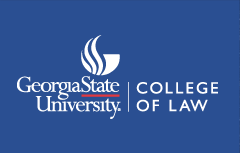Document Type
Article
Abstract
This paper surveys three basic legal-text analytic techniques—ML, network diagrams, and question answering (QA)—and illustrates how some currently available commercial applications employ or combine them. It then examines how well the text analytic techniques can answer legal questions given some inherent limitations in the technology. In more detail, ML refers to computer programs that use statistical means to induce or learn models from data with which they can classify a document or predict an outcome for a new case. Predictive coding techniques employed in e-discovery have already introduced ML from text into law firms. Network diagrams graph the relations between objects and can assist in making legal information retrieval smarter. The objects may be legal cases, statutory provisions, reference concepts, or communications nodes. Finally, QA systems search large text collections to locate texts or parts of texts that directly answer a user’s question. IBM’s Jeopardy-game-winning Watson program is, perhaps, the most famous example of a QA system.
Recommended Citation
Kevin D. Ashley,
Automatically Extracting Meaning From Legal Texts: Opportunities and Challenges,
35
Ga. St. U. L. Rev.
(2019).
Available at:
https://readingroom.law.gsu.edu/gsulr/vol35/iss4/3
Included in
Computer Law Commons, Legal Education Commons, Legal Profession Commons, Legal Writing and Research Commons
